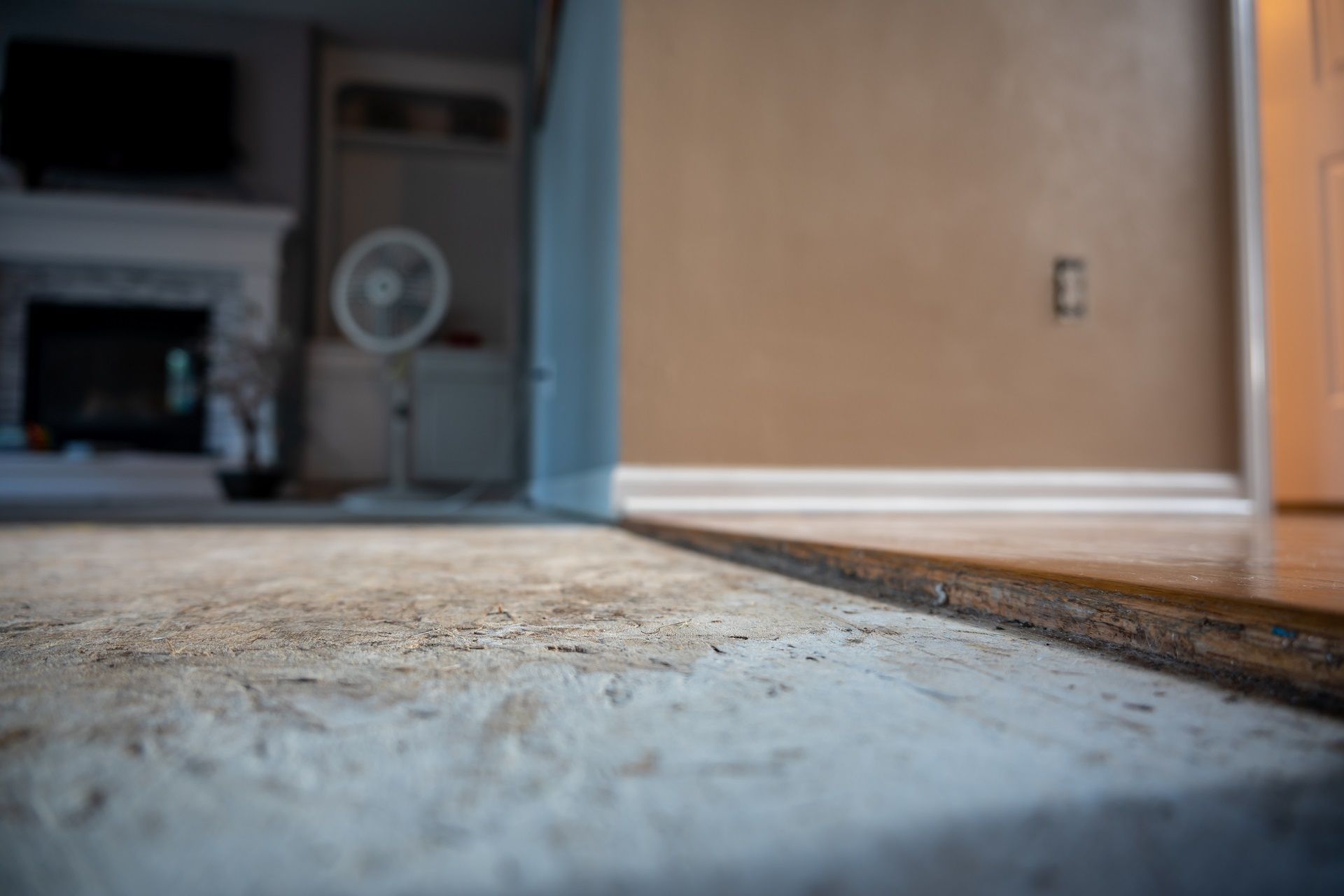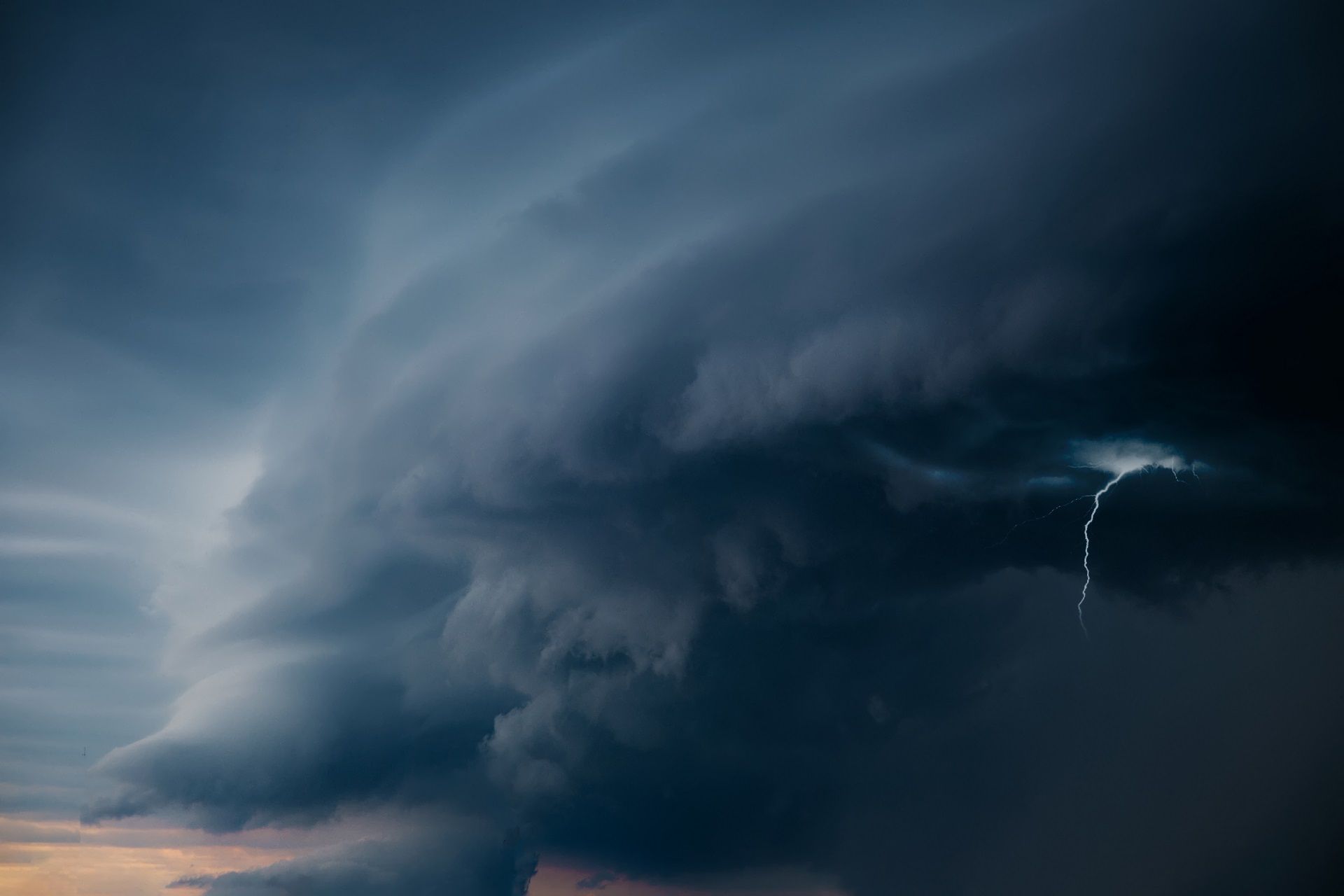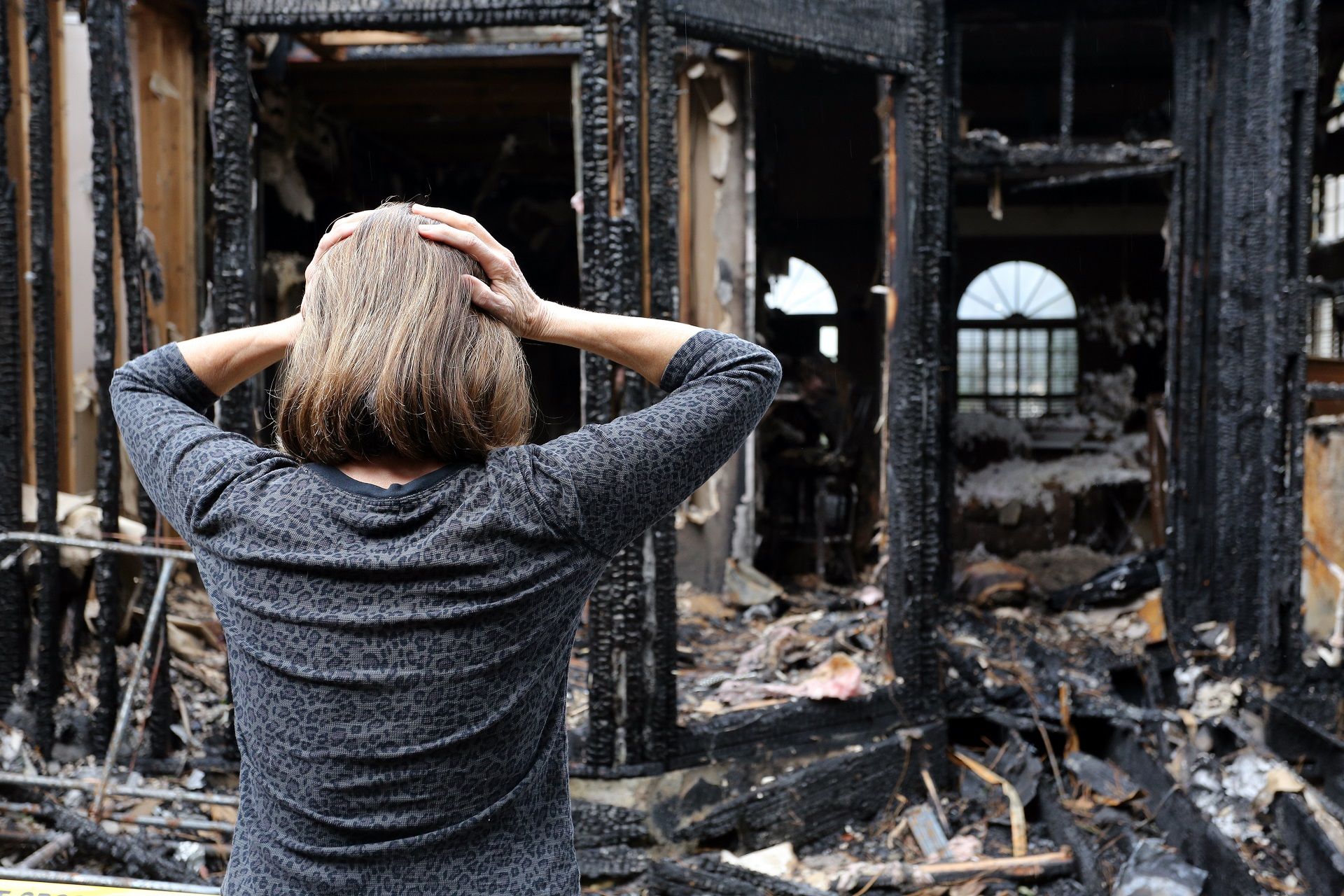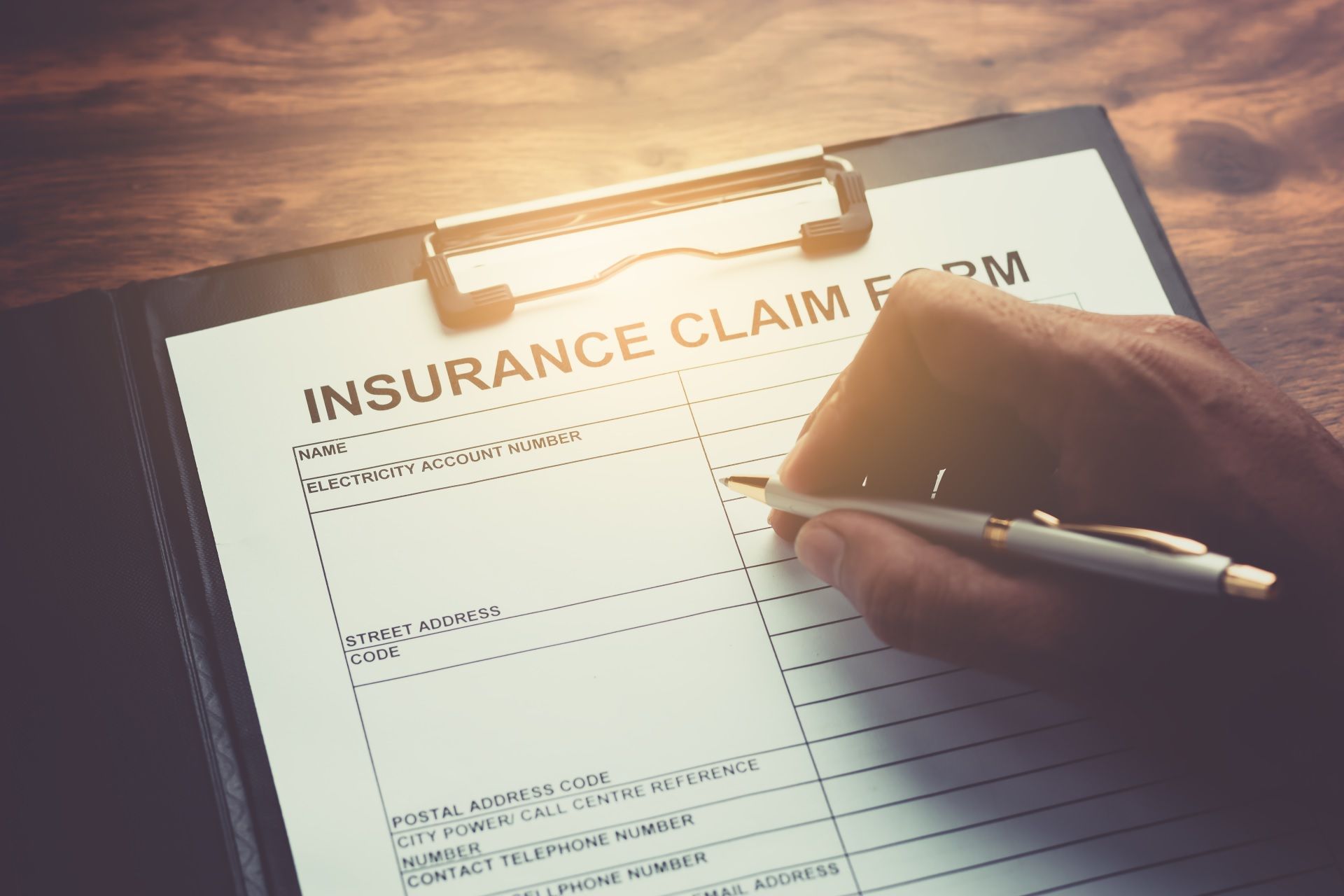How To Check For Mold After Water Damage?

Mold from water damage can form in as little as 24 hours. This can be scary, especially if you live in an area such as Florida where the threat of hurricanes is always looming.
Because of this, whenever your home is exposed to a large amount of water, you need to act quickly and check for mold regardless of what type of water damage occurred.
However, you may not always be able to notice clear signs of mold, more so if it’s growing in remote places like in the padding of the carpet or within walls. While challenging, finding mold from water damage is not impossible if you know what to do.
To help you keep your home safe, we’ll show you how to check for mold after water damage and also discuss whether your
homeowners’ insurance will cover mold-related damage.
Signs of Mold From Water Damage
Although not readily visible, you may be able to find other signs of mold in your home, some of which include:
1. Moldy smells
Most people describe mold as having a damp smell similar to the scent of wet socks. If you notice this, the mold infestation may already be in full swing. What should you do if you can sense a moldy smell, but can’t identify the source?
In that case, it doesn’t hurt to check some of the common hiding spots for mold:
- Ventilation ducts
- Behind the fridge
- Behind ceiling tiles
- Under the carpeting
- Behind the drywall
- Under sinks
- Behind the wallboard
Keep your eyes (and nose) open, and you’ll most likely find mold lurking in these remote spots.
2. Stains on the carpet
Mold from water damage commonly targets the carpets, which are natural mold hotspots. Since mold can grow anywhere where there’s plenty of moisture, it’s imperative you dry your carpet thoroughly after a flood or similar “wet” event.
When checking for mold, you need to be meticulous. Inspect both sides of the carpeting, as well as the padding for any staining or moisture.
If the carpet was soaked in water and you let it dry naturally, chances are you’ll find clear signs of mold. In instances where a large surface area of the carpet is afflicted, you should remove both the padding and the carpeting to stop the mold from spreading to the baseboards.
In the future, if you want to prevent mold damage from water damage, diligently dry and sanitize any areas exposed to water and increase the ventilation in the room. You should also regularly vacuum the area and use a humidifier to keep the moisture level to a minimum.
3. Physical symptoms
If you’re wondering how to check for mold after water damage, you may not need to look far. In fact, you can confirm its presence by paying more attention to any increase in allergy symptoms.
Some of the health issues you may experience due to mold include:
- Eye irritation
- Runny or congested nose
- Coughing
- Sneezing and wheezing
- Sore throats
- Headaches
Common cold and mold exposure have similar symptoms, so how do you confirm if it’s just a regular cold or a severe mold reaction?
Check if your symptoms improve after you go outside or whether they get worse while you’re in a certain area of your home. If both are true, then you may have mold in your home.
4. Warped wallpaper or wall paint
Any warped paint or peeling wallpaper is a surefire sign of a mold infestation in your home. Peeling, cracking, or bubbling means that the material is damp, and as such, most of these distortions point to moisture damage - a prime condition for mold.
Similarly, discoloration on walls is another concerning sign of an infestation.
Does Insurance Cover Mold Damage?
Though mold can be damaging, determining whether insurance will cover it is very tricky. Most homeowners' policies describe covered perils. In other words, they list instances of damage that you can file a claim for.
Since one of the most common causes of mold formation is water damage, you need to first learn which water perils your insurance policy covers.
For instance, it may cover mold from water damage if covered perils include malfunctioning appliances or a burst pipe. In such instances, mold will be covered as it canbe considered "resulting damage" caused by a covered peril.
Keep in mind that your policy may have a cap on mold remediation, meaning it won’t cover all the damages. Generally speaking, mold coverage is limited per occurrence with the amount depending on the insurance company.
Due to challenging weather conditions, Florida is not a stranger to floods. Despite this fact, mold that happened as a result of floodwaters isn’t covered by standard policies because they also don’t cover flood damage. To keep your home safe, we recommend purchasing flood insurance.
Luckily, mold that resulted from a hurricane or an ice storm may be covered. For example, if a hurricane damages your roof, allowing the water to penetrate the interior of the home, you can file a claim for ensuing mold infestation along with the claim for roof damage.
How to File a Claim For Mold Damage
As reputable
mold public adjusters, we helped many homeowners file successful mold damage claims. In our experience, doing the following will increase your chances of receiving a settlement:
- Document all the damage, including photos and videos
- Provide all maintenance records
- Follow your insurance company’s instructions on filing the claim
- Use only mold removal companies approved by the insurer
Even if you do all of these, it’s still not a guarantee that the insurance company will approve your mold damage claim. They will send their adjuster to inspect the damage, but this individual is working in their best interests and not yours.
This is why you should contact mold public adjusters if you’re serious about recovering favorable compensation for mold from water damage.
Everything You Need For a Successful Mold Claim
Mold is a force to be reckoned with. Yet, insurance companies typically try to minimize mold damage to avoid paying the full amount. This is understandable, as insurers have a business to run and the last thing they want is to cash out $10k for a full remediation protocol.
To improve your chances of a successful claim, consider working with Florida’s best mold public adjusters. Here at
Continental Public Adjusters, our main goal is to protect the rights of policyholders and help them file a claim that provides them with the money they’re entitled to under their policies.
We’ve been settling mold claims for decades, and if there’s anyone who can help you - it’s us. Make your insurance claim a success story by calling
(800) 989-4769.
Disclaimer: The information on this website and blog is for general informational purposes only and is not professional advice. We make no guarantees of accuracy or completeness. We disclaim all liability for errors, omissions, or reliance on this content. Always consult a qualified professional for specific guidance.






